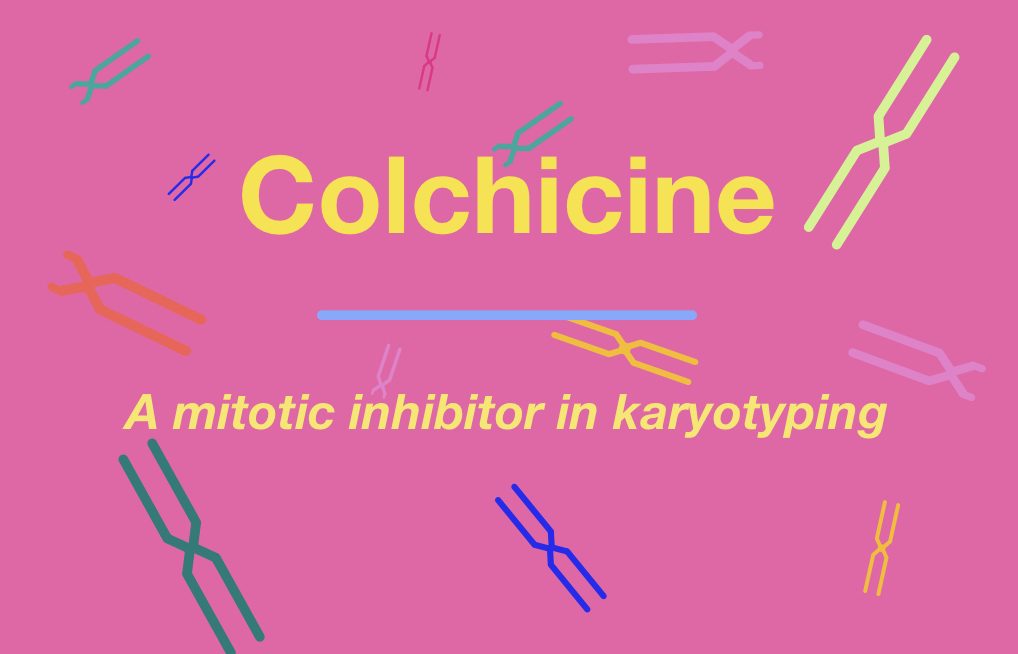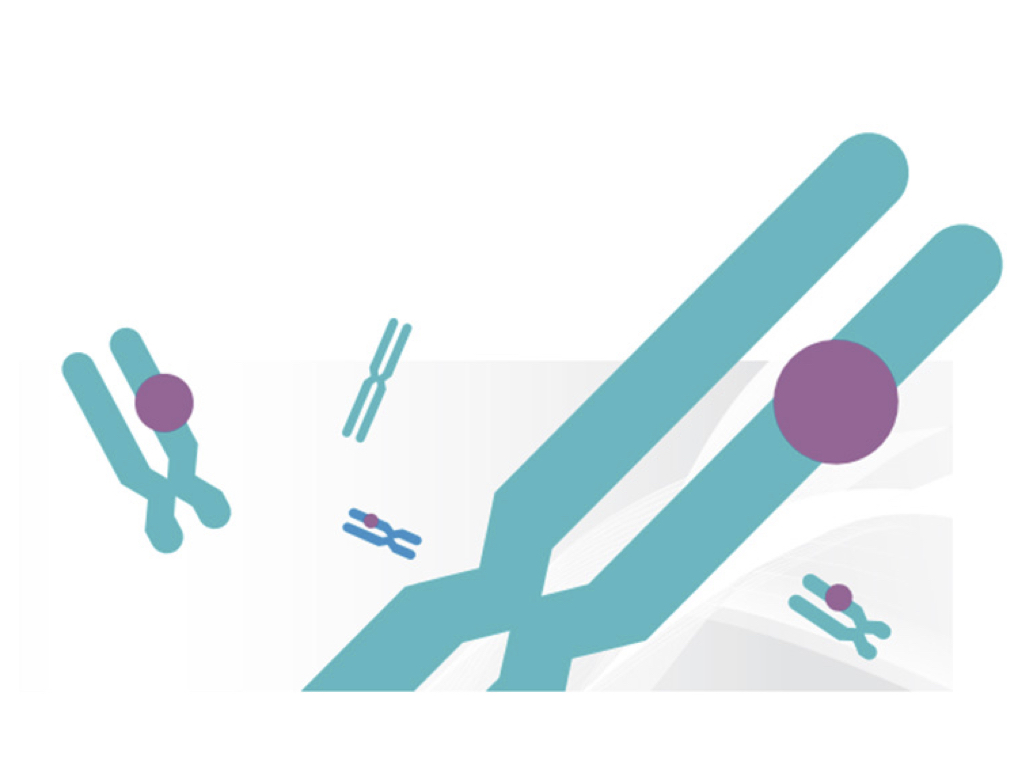“Mitotic inhibitor halts cell division during karyotyping in order to get separated chromosomes. Colchicine is a common mitotic inhibitor used in cytogenetic techniques like karyotyping.”
Cytogenetic techniques are used to study cell and related components. Karyotyping is a method used to analyze chromosomes during cell division hence consider as cytogenetic technique.
To get good chromosomes we need to arrest chromosomes on a metaphase stage where all chromosomes are well separated. To induce cell division and get more metaphases we are using mitotic stimulators or mitogens like phytohemagglutinins.
We are inducing cell division here then why mitotic inhibitors are used in karyotyping? What is the need for it?
Key talks: In the present article, we are going to discuss about what is mitotic inhibitors and why it is important. Also, we are going to discuss about how the colchicine works!
Related article: What are mitogens? how it is important?
What are mitotic inhibitors?
Mitotic inhibitors are biological agents or drugs that prevent or halt the process of mitosis. For example, colchicine, vinorelbine, vinblastine, vincristine, docetaxel and griseofulvin.
The mitotic inhibitors are usually derived from plant secondary metabolites like alkaloids.
During the metaphase of mitosis, chromosomes separate, replicated and inherited into daughter cells. A structure known as microtubules helps to pull chromosome away to transfer into newly formed cells.
Therefore, microtubules are must required to get successful metaphase activity. The mitotic inhibitors block the synthesis of microtubules and disrupts its activity.
In the presence of mitotic inhibitors, microtubules can’t be formed and arrest cells at metaphase only. And that’s it our metaphase chromosomes are ready to harvest.
The mitotic inhibitors are also used in cancer treatment.
What is the role of colchicine in karyotyping?
Colchicine is a type of plant alkaloid and a kind of mitotic inhibitors used in karyotyping. As we said, it prevents the formation of spindle fibers or microtubules to arrest cell at metaphase.
Colchicine is derived from colchicum autumnale (crocus). It is also used as medication to treat gout.
The colchicine had definite role in karyotyping but the question immediately arises in your mind that when to add colchicine?
Se first, we have to allow the cell to grow first to get so many metaphases that are a definite need for karyotyping. So we are giving a treatment of mitogen for 72 hours ideally. You can also choose a 48-hour cell culture method.
Exactly at the 70th hour of cell culture add colchicine to the cell culture and let it be work for two hours. It goes into our cell culture and arrests all cells to metaphase.
Add 100ng/ml to culture and incubate for 1 to 2 hours at 37°C.
Related article: What is karyotyping?
Conclusion:
Colchicine- the mitotic inhibitor is as important as the mitotic inducers. Colchamide is the option of colchicine. We can use colcemid also in replacement to it.
Some common FAQs:
Why do we add colchicine in blood after 72 hours in the blood culture of the PBLC process used in cytogenetics?
Previously we had added PHA-P to the cell culture to induce cell division and arrest cell at metaphase. The colchicine stops cell division and arrests cells at metaphase.
We need only the metaphase chromosome to perform karyotyping further. Hence we are adding the colchicine to the blood at the 72 hours in the PBLC process.
Is there are alternative of colchicine?
Yes, the colchamid is the the alternative source of colchicine used to arrest cells at the metaphase.
colchicine arrests cells at which stage of cell division?
The colchicine or colcemid arrests cells at the metaphase which is the most condensed form of genetic material, visible and separable.
How does colchicine work in a cell?
The colchicine finely works on the metaphase cells to arrest them, it binds to the tubulin of the spindle fibers and prevents their elongation. Thus the spindles can’t form and can’t bind to chromosomes.
Chromosomes can’t be processed further in a cell division, consequently.


